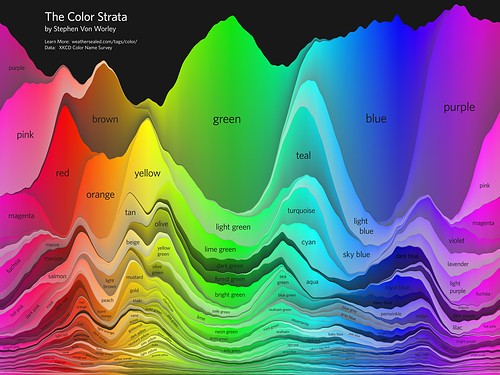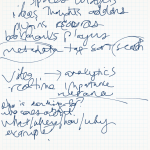
I woke up yesterday and partook in my usual Saturday morning routine. I took a shower, put the teakettle on, and loaded Google news on the iPad. After eating a small breakfast and changing into my uniformly Californian west-side yoga gear, I headed out the door to run some errands and move on with the day.
It wasn’t until late last night over drinks with @Andysternberg that I learned that the singer Amy Winehouse had died. Why hadn’t I heard about this earlier?!
A musical powerhouse, Amy influenced not only the musical landscape but the cultural landscape too. It was just the other day I saw a woman crossing Silverlake Boulevard with her hair piled high in a beehive wearing cat-eye liquid liner, one hand holding a cigarette with the other balancing a large bag of what could only be laundry hoisted high upon her shoulder.
I was devastated.
The news hadn’t been in the headlines. I recall a moment from earlier that afternoon when @ChrisDouridas opened his noon radio show with “Valerie” followed by two more Winehouse songs. I remember wondering why.
Apparently “Amy Winehouse” was trending on Twitter as the news broke around 10am PT. Why wasn’t it featured on Google news then? I couldn’t believe that of all places Google news didn’t carry the information. Maybe I missed it somehow.
Throughout the day and later into the evening, Winehouse remained a trending topic alongside the user-generated #27club.
It got me thinking about the ways we discover breaking news and most notably, how powerful our social channels become in the process. Which led me to further an idea I’ve been mulling over for #MozNewsLab, an online course I’m participating in:
What if we could measure engagement levels and reactions to the news in real-time?
Imagine how useful it would be to see what people are reading, watching, listening to and commenting on in the moment. Imagine how useful it would also be to drill down by subject matter within a particular topic, or discover overall user sentiment. Based on real-time data, we could see what people are engaging with…now.
When it comes to the social web, users collectively decide where to shine the spotlight. It would be incredible to visualize this data in an informative and compelling way.
A real-time visualization of news engagement could do several things:
1. Create a visually compelling news source,
2. Allow us to view deeper data outside of what Google Trends and Twitter trending topics currently provides us with,
3. Open up social news to beyond personal circles by tapping the social collective,
4. Extrapolate on overall terms for the first time ever as they occur, gaining insight into what people care about.
The data can be sorted by location, personalized lists, demographics…the options are endless.
From what to read, what to watch, and what just happened, we learn in many different ways from across the web. By leveraging the power of social interaction further, we can create the ultimate experience for discovering and measuring user engagement.
See below for a few quirky notes I made the other day using Bamboo paper:
Wireframes coming soon.



Hi. I really like your real time engagement idea so much. I started to think, how would newsrooms use this real-time information? Ultimately, how can it be a tool for journalists? Perhaps in understanding interests? or habits even? Just a thought that could be addressed in your prototype. Cool idea. Amy Z. (a fellow #MozNewsLab participant).
Thanks Amy! You’re right, I should address how it can be used as a tool for journalists. Initially, I envision it to be an understanding of interests and user sentiment. But it could potentially roll out to more.
I’m so pleased dude! I’m finding the color strata for a long time. It’s very essential for a real-time visualization of news engagement. Thanks!
Comments are closed.